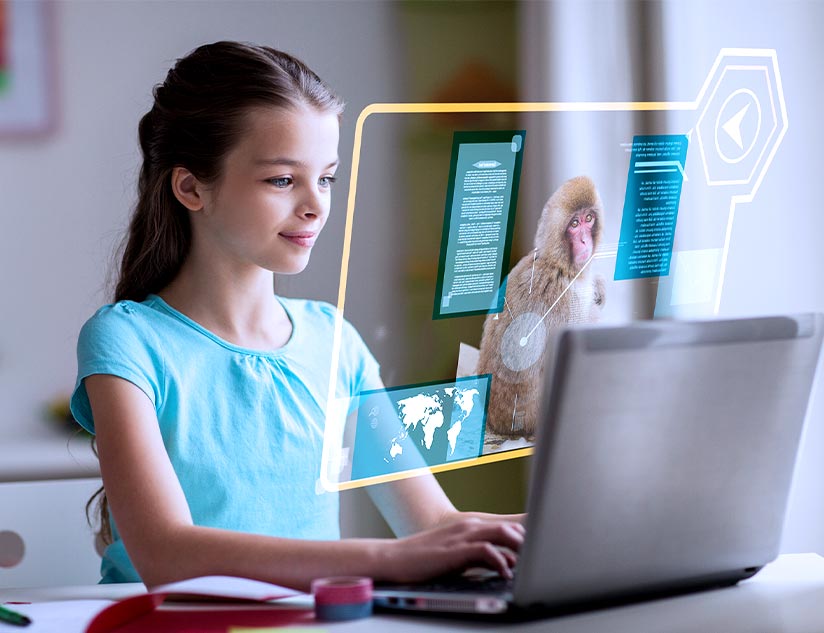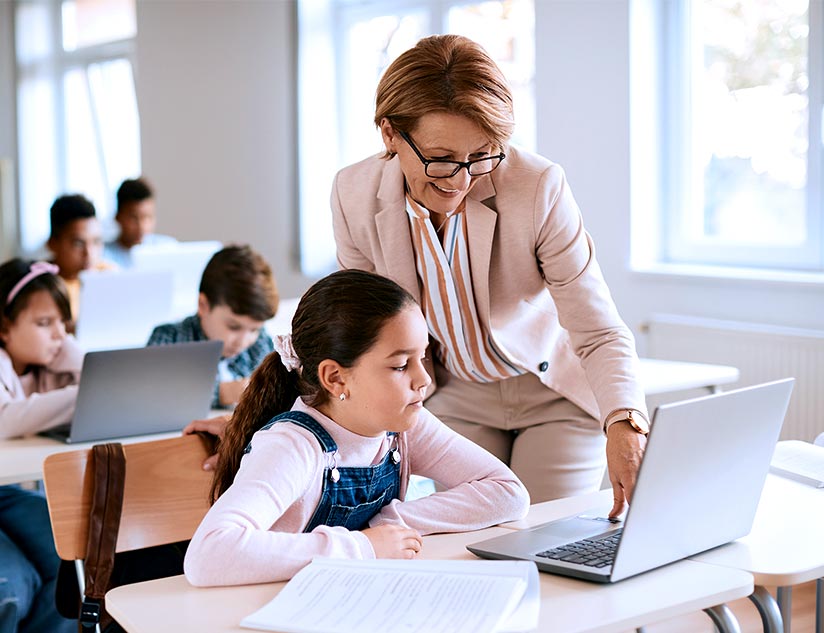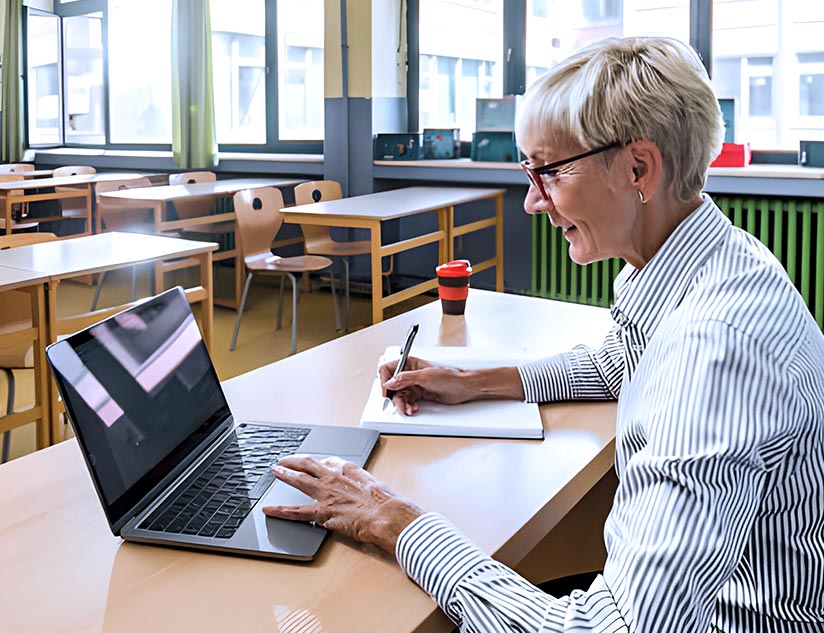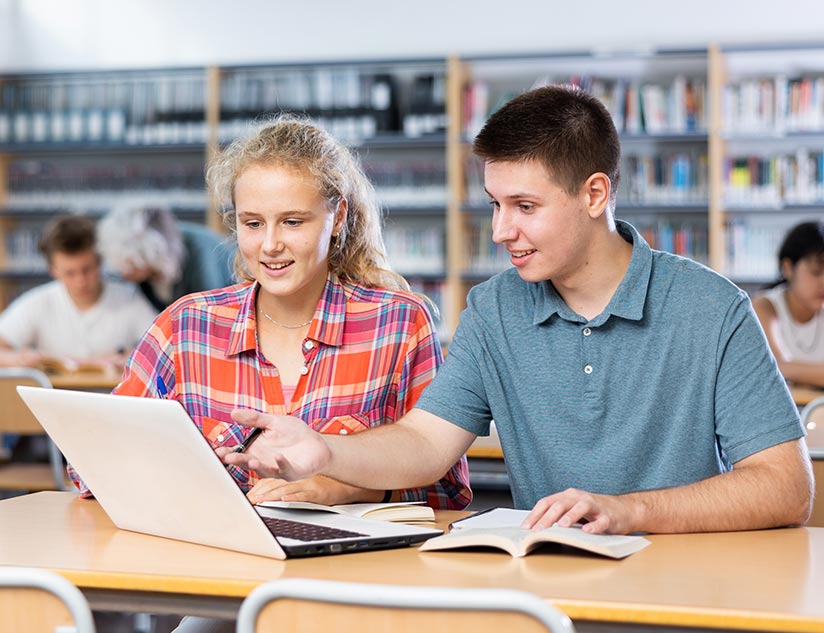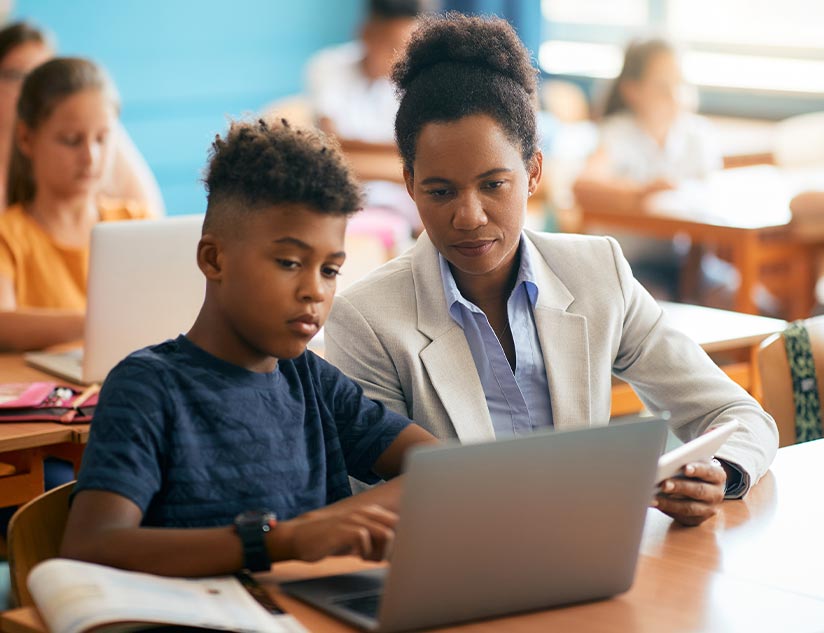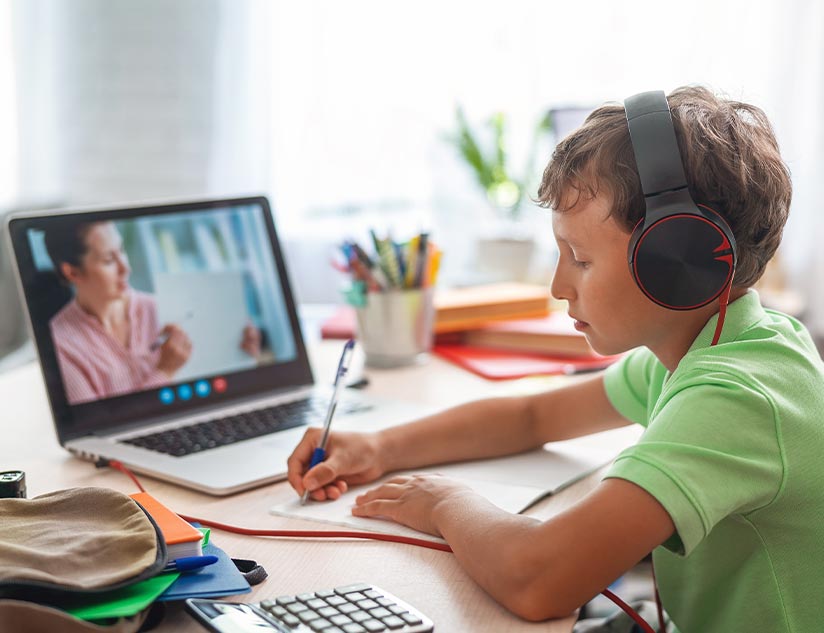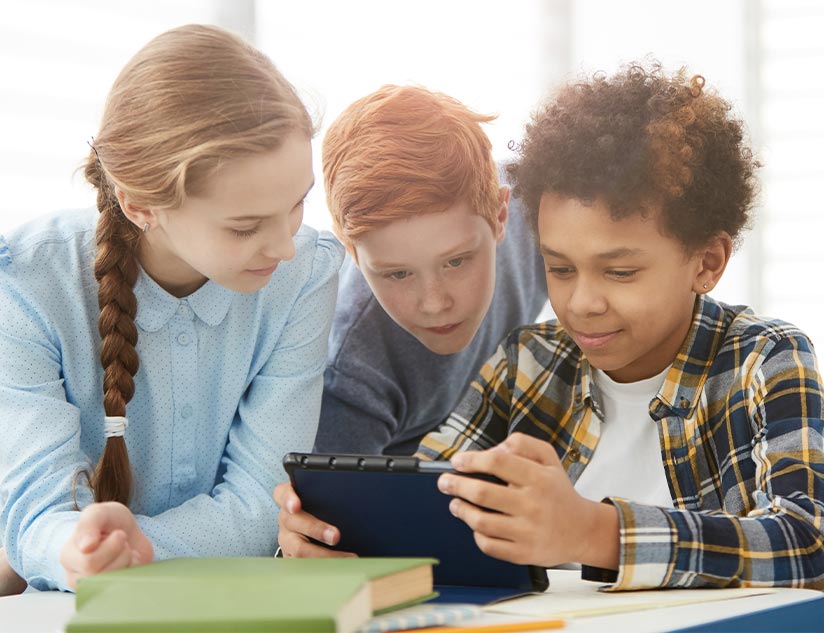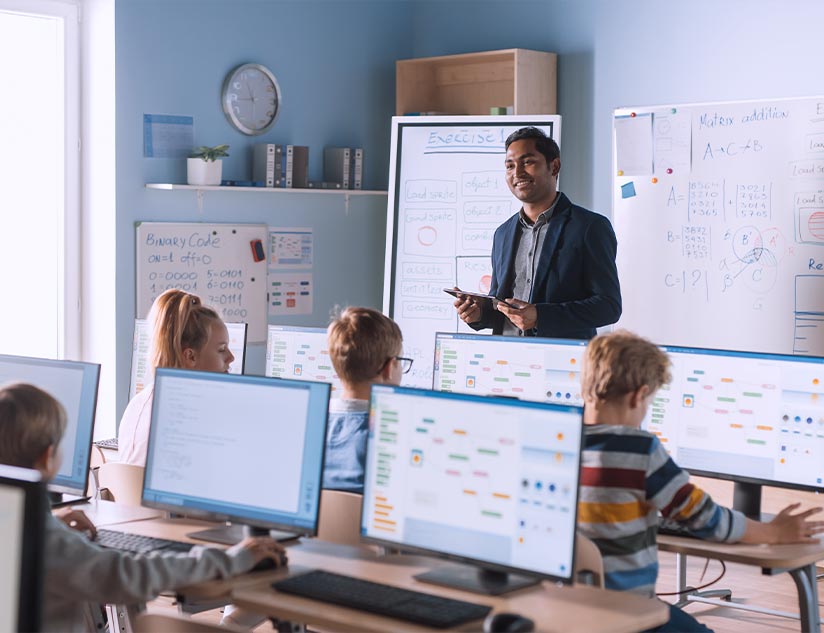How Digital Learning Platforms Empower Students with Personalized Learning
August 13th, 2019
Personalized learning was defined by a group of organizations funded by the Bill and Melinda Gates Foundation, back in 2014, as one that “… offers a tech-friendly vision of an individualized, data-heavy, mastery-based education system.” Constant assessment, feedback and learner data are the cornerstones of this fresh approach to learning, facilitated by technology. Of the three, data is the most vital ingredient in digital learning platforms, on which all learning interventions are based.
And, the next step in this tech-driven learning approach is integrating machine learning into digital learning products. An AI component can encourage learners to take a specific action by generating data from the consumer to curate personalized content for them.
Personalized Learning in K-12 Education
Personalized learning is changing the definition of education in a digital classroom. Already, 85% of learner queries can be efficiently answered through bots. Digital learning products offers the opportunity to provide learners with differentiated content. In addition, it allows for the inclusion of external resources for further study, while providing the flexibility to move content around within the course, based on each student’s specific learning needs.
For instance, a digital learning platform that uses videos, interactive activities, games and simulations to generate self-directed content can greatly enhance the learner experience. Besides individualized curated content, learners have the benefit of content that works independently of the digital learning platform that it is presented on.
Personalized learning at the K-12 level needs a flexible structure, where students can be grouped by ability and interest. Equipped with a fluid curriculum that allows students to change the group from subject to subject. Clearly, the logistics of handling or delivering such a program offers challenges to schools.
A report published in 2018 by the Center on Reinventing Public Education surveyed teachers at schools that had received funding from the Gates Foundation to implement personalized learning. They found that teachers had little guidance to set meaningful learning outcomes for students outside the state frameworks of standardized tests and little support at the school or district level to change key elements like age-based grouping or schedule for an entire group, all at once.
Using Data to Drive Skills-based Assessments
Not just schools, but learning across the board, regardless of age group, can benefit from the knowledge available on digital platforms. Any kind of learner can benefit from self-learning modules and a collaborative learning environment. By including informal and social learning methods, such as group discussions and sharing of notes with fellow learners and teachers, there can be a significant increase in the amount and quality of content consumed.
Learners can pick up where they left off, without affecting the learning process of their peers. At the same time, every step of their learning journey can be tracked by the learning platform and a combination of the learner and content usage analytics can provide real-time and detailed information on the learner’s progress. In effect, the platform studies the user, identifies key content that can be leveraged to further their progress, a task hitherto performed by teachers and instructors.
Once the content is delivered, there is a need to assess how much of the material has been understood by the learner. The answer lies in assessments. Assessments are like the final word in feedback given during the learning cycle. The ability to get an immediate result of the assessment greatly reduces the turnaround time for educators and facilitators to notice which areas the learner needs assistance in. This feature changes the assessment from being a verification tool to a vitally important teaching tool. A fact that is clearly witnessed in a Technavio market report that estimates that the K-12 testing and assessment market size would grow at a CAGR of more than 8% by 2022.
A Blended Approach
Many schools are adopting a blended learning approach, which is a combination of online and traditional learning approaches, the most talked about being flipped classrooms. By reducing the mechanical aspects of the learning cycle (such as the effort in marking tests and assessments), blended learning offers an immediate drop in cost, while increasing assessment efficiency. For the learner, it offers the opportunity to make learning interactive and fun, such as with the gamification of content. This is a new and exciting area that is opening up possibilities in learner engagement. By using timed activities, scoring and rewards, it is possible to change the way a learner relates to what they are learning.
For all these and more exciting possibilities in the space of digital learning, the way in which learners and content interact are poised for transformation. A world where instructors and learners are both increasingly facilitated by technology is a world where the learning experience can become powerful and much more productive, going beyond just a mere curriculum-based learning experience.


